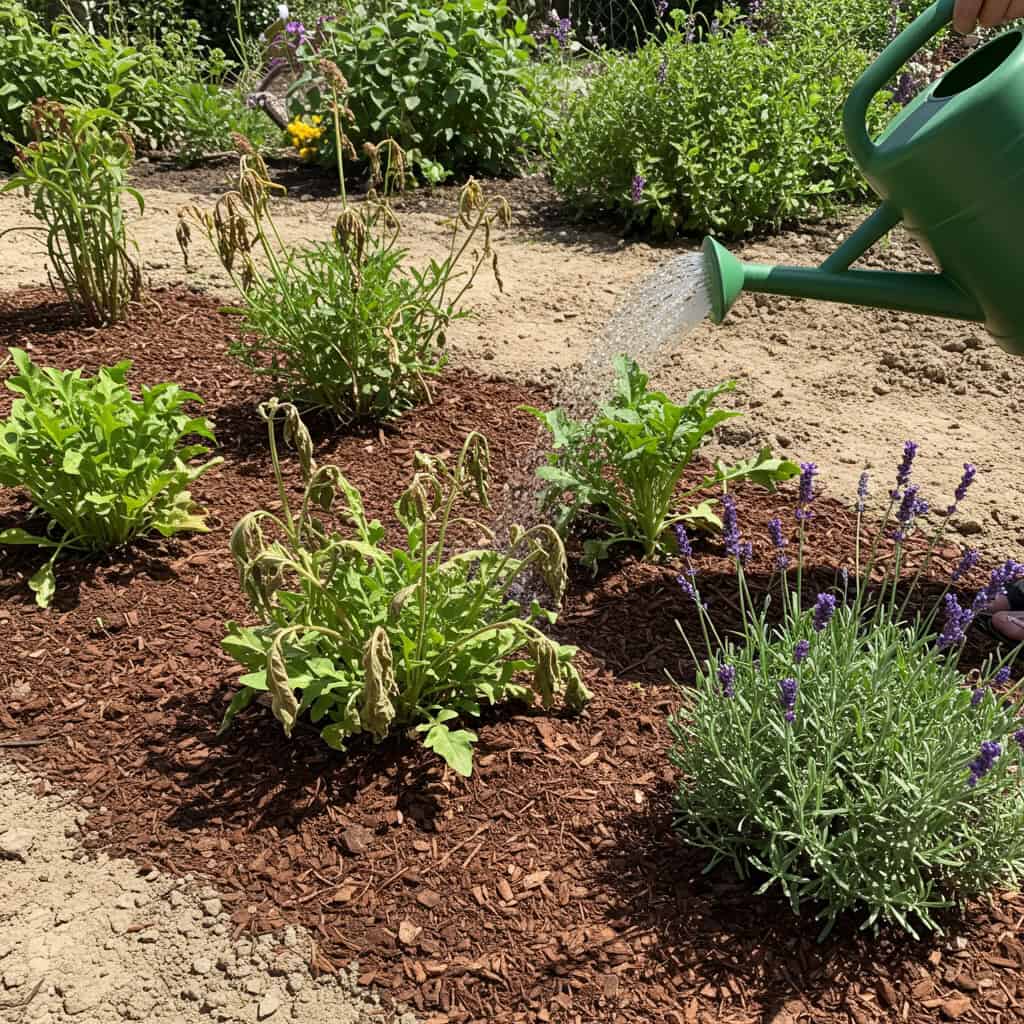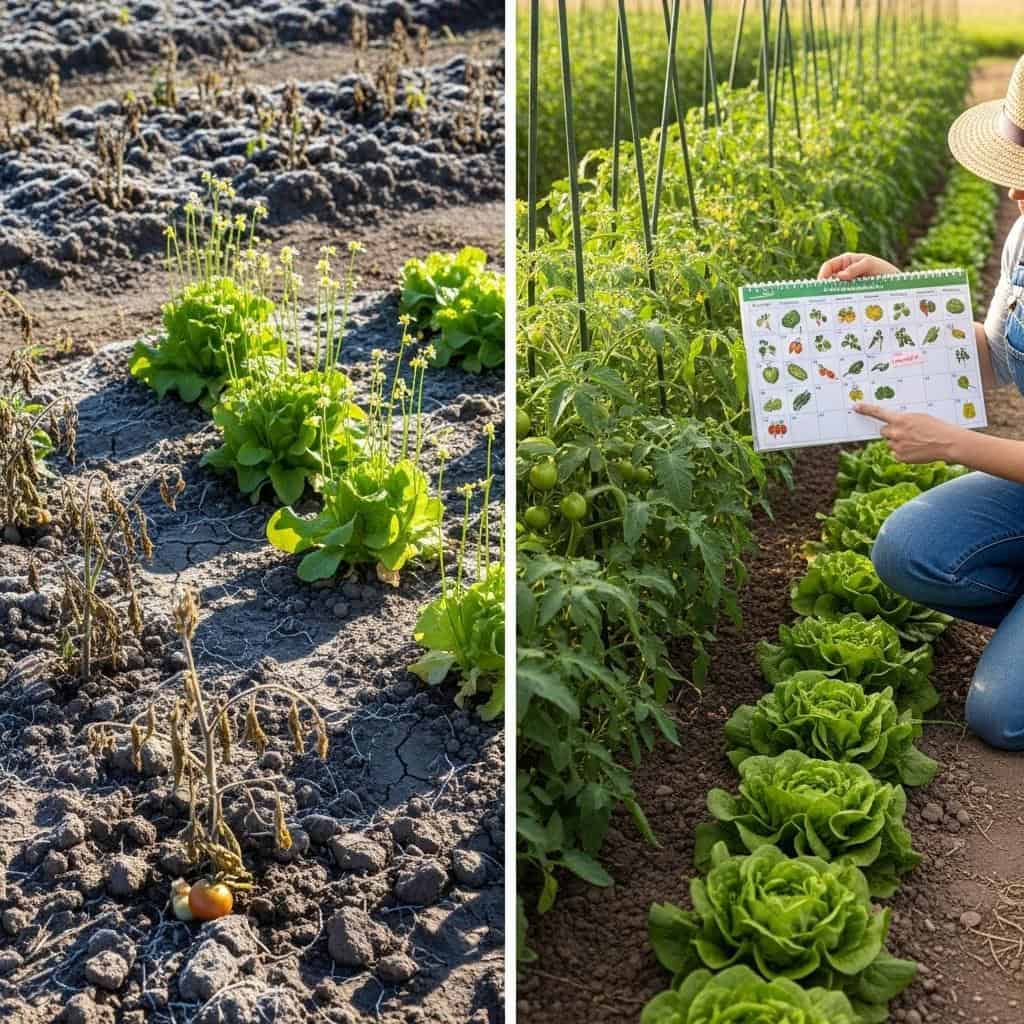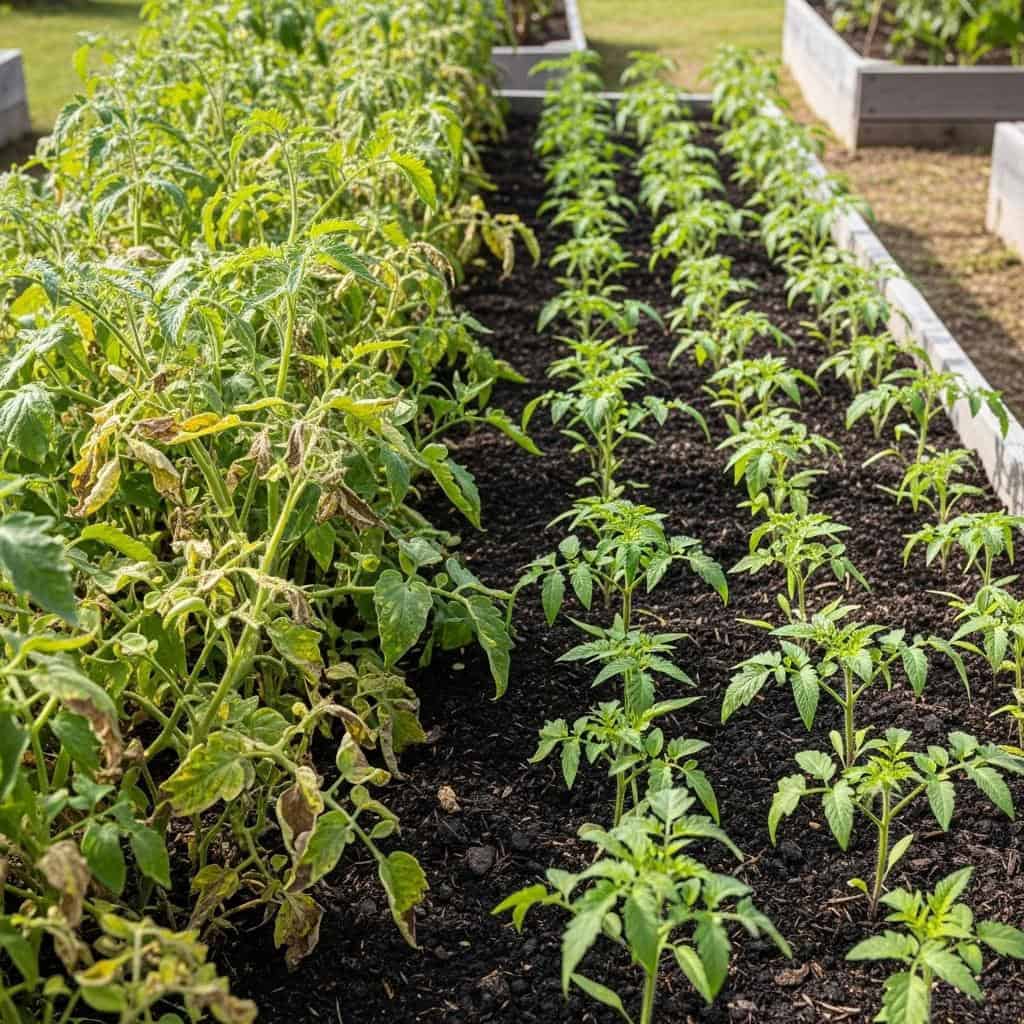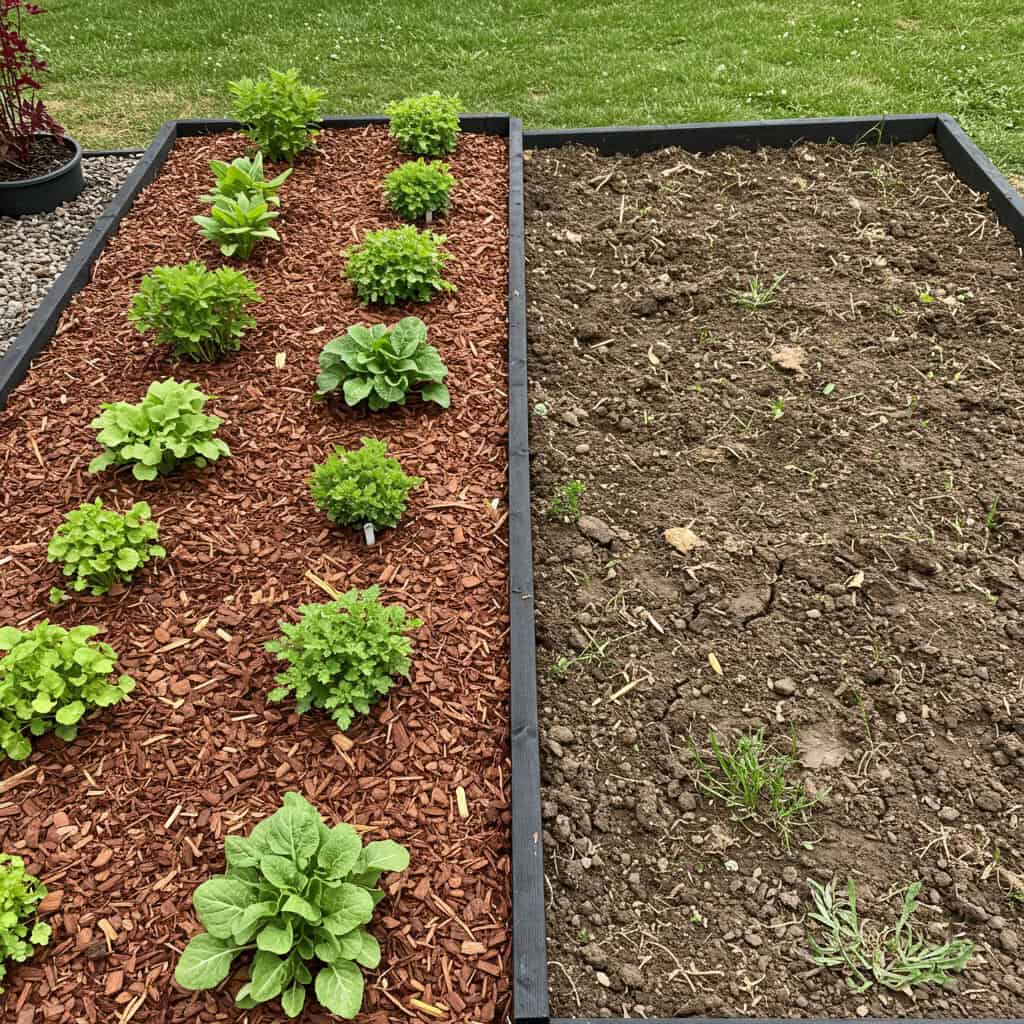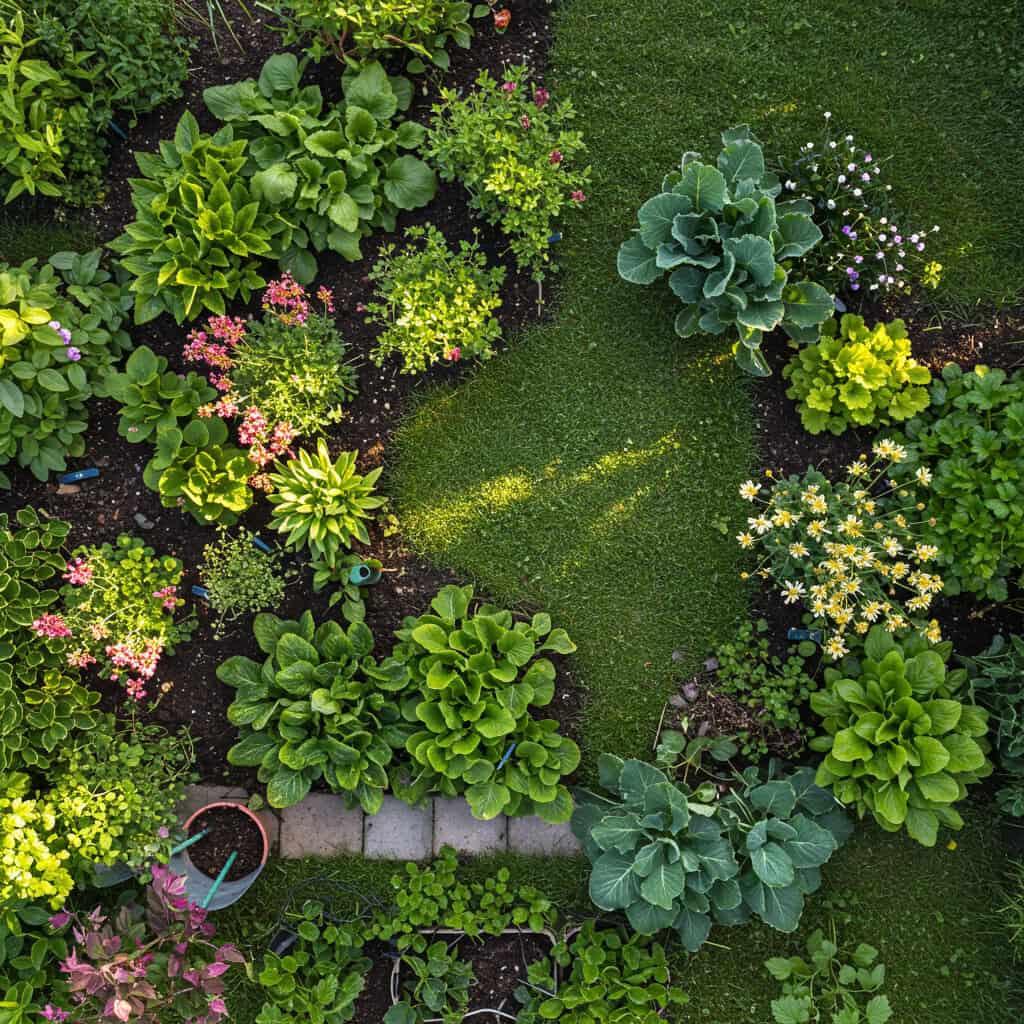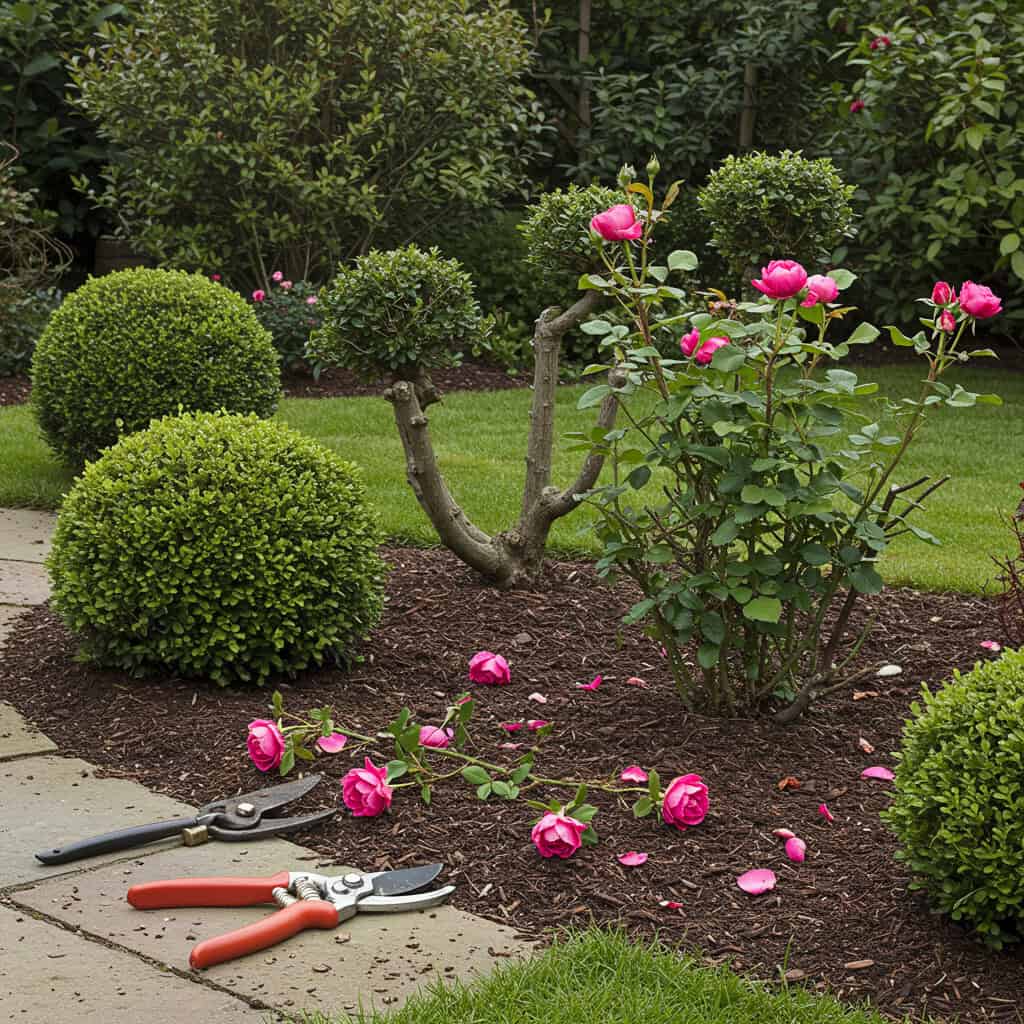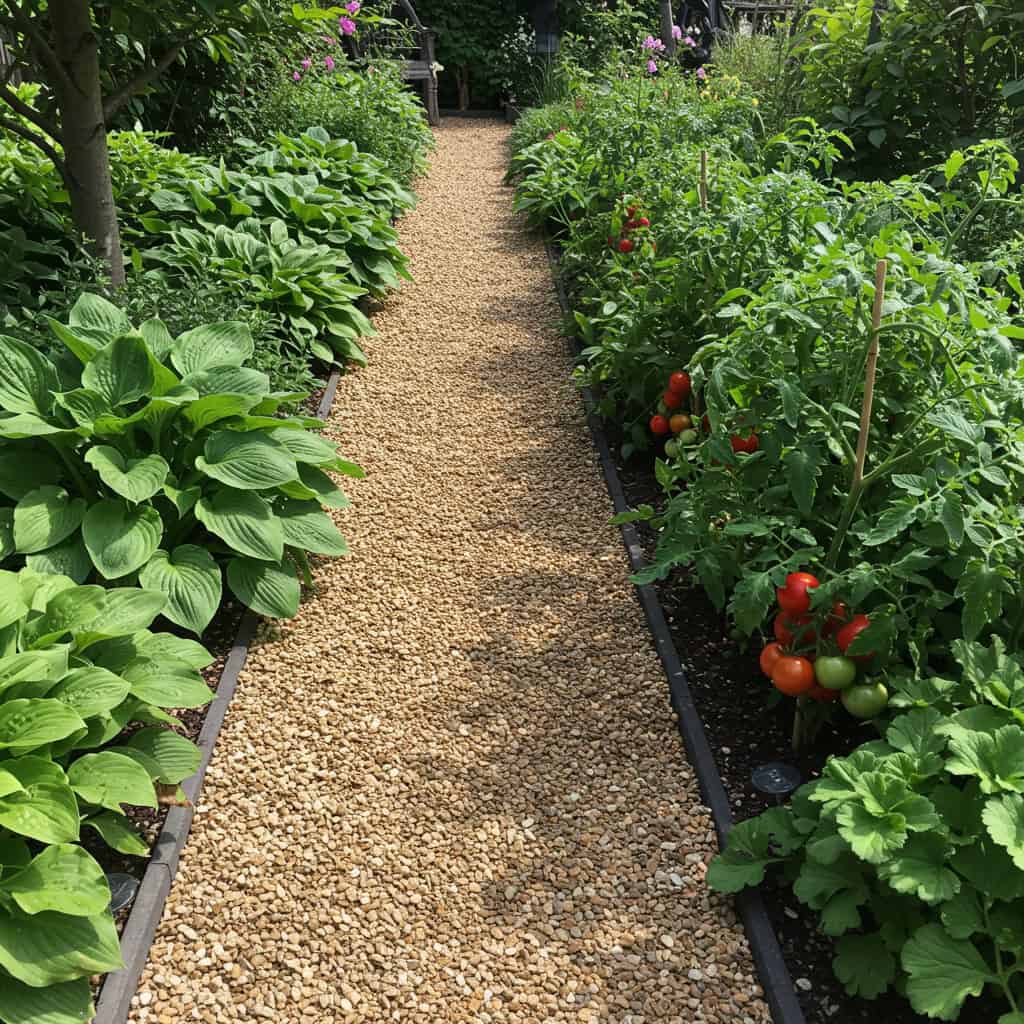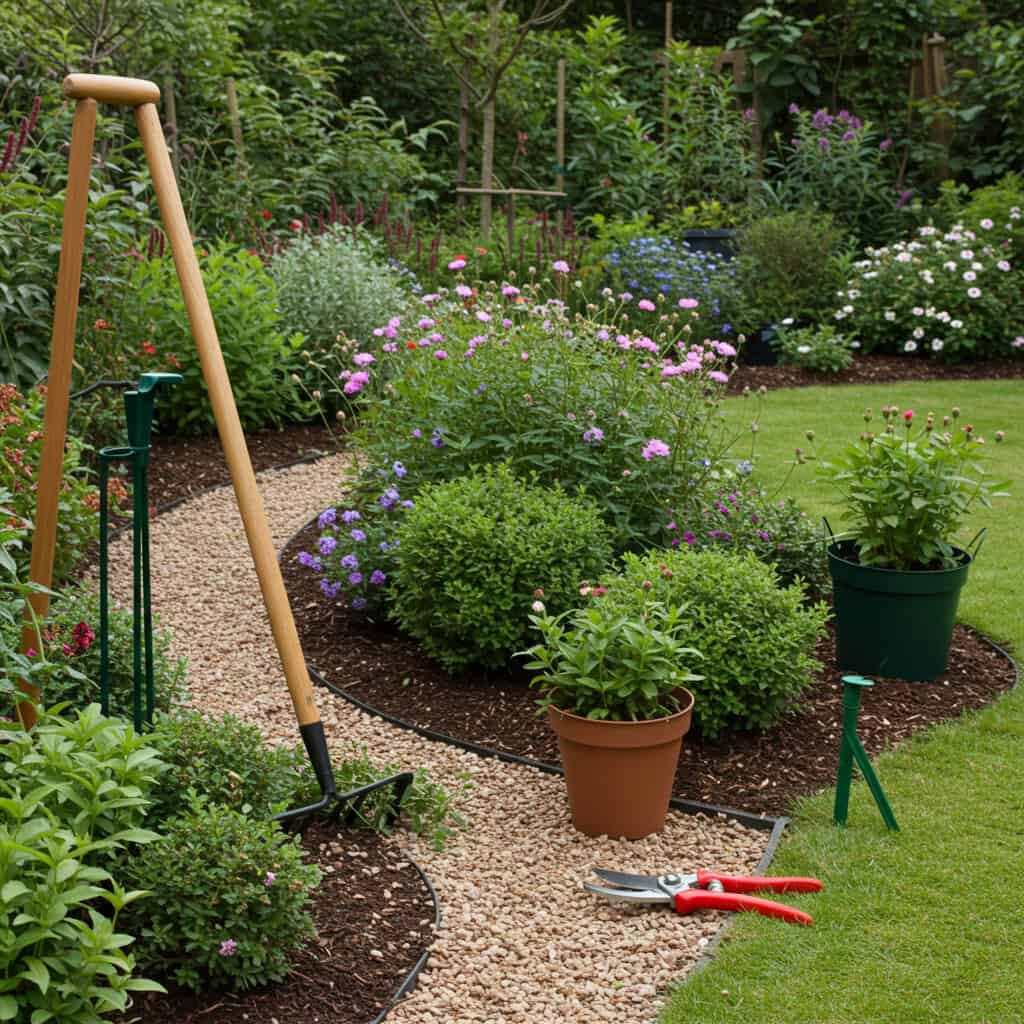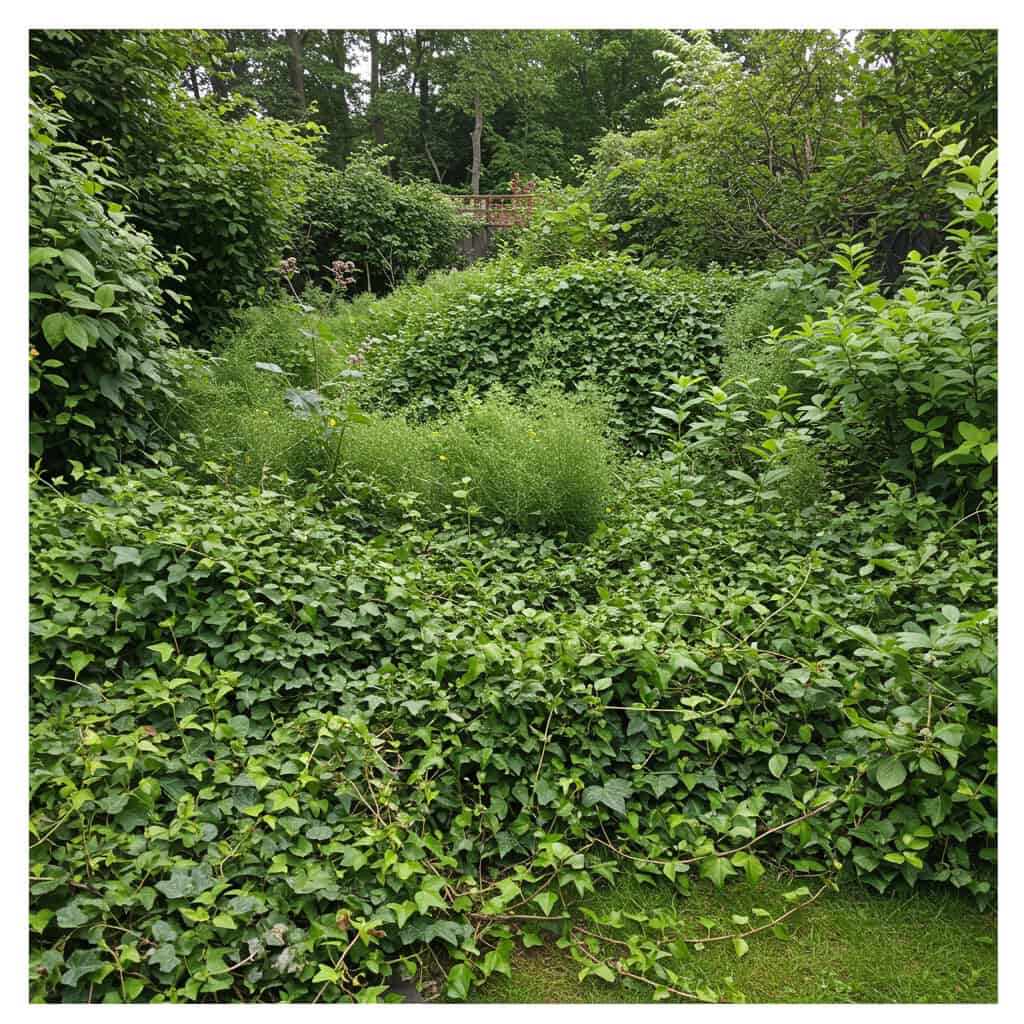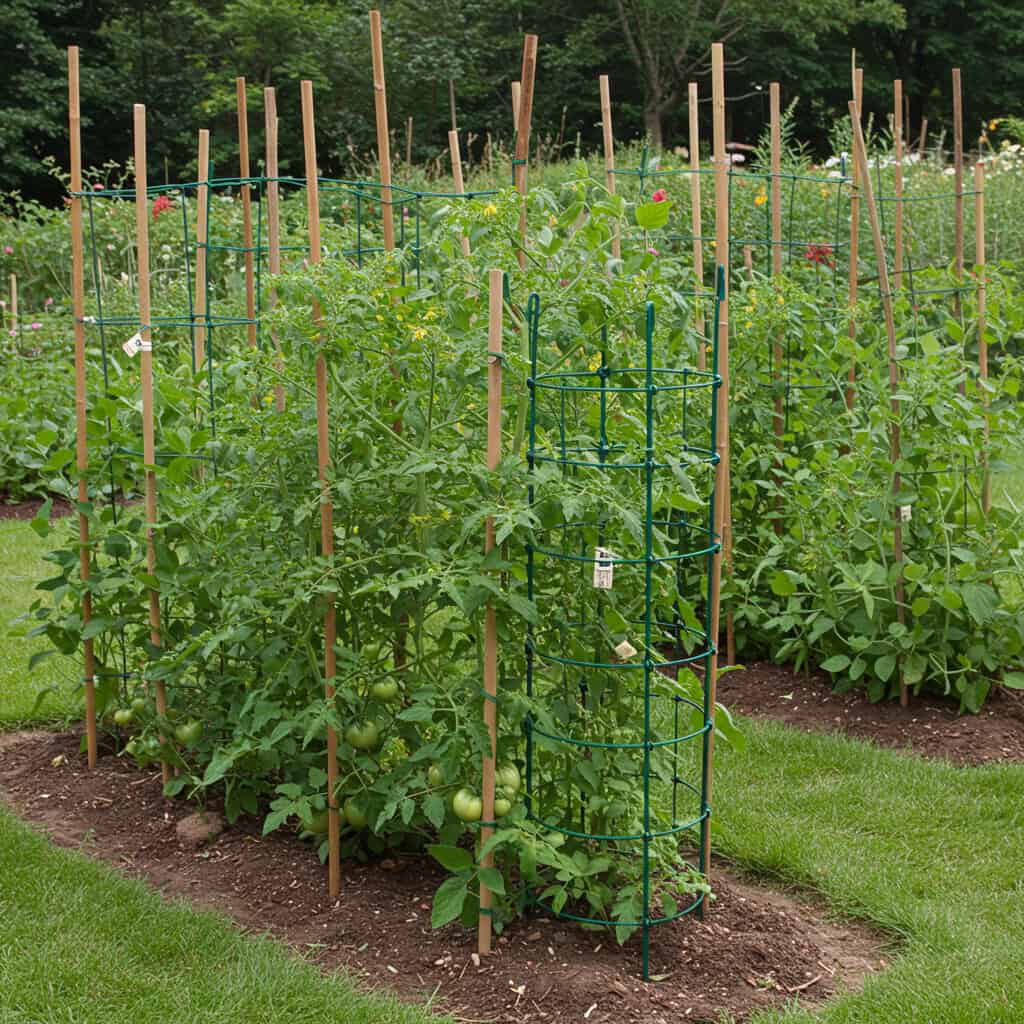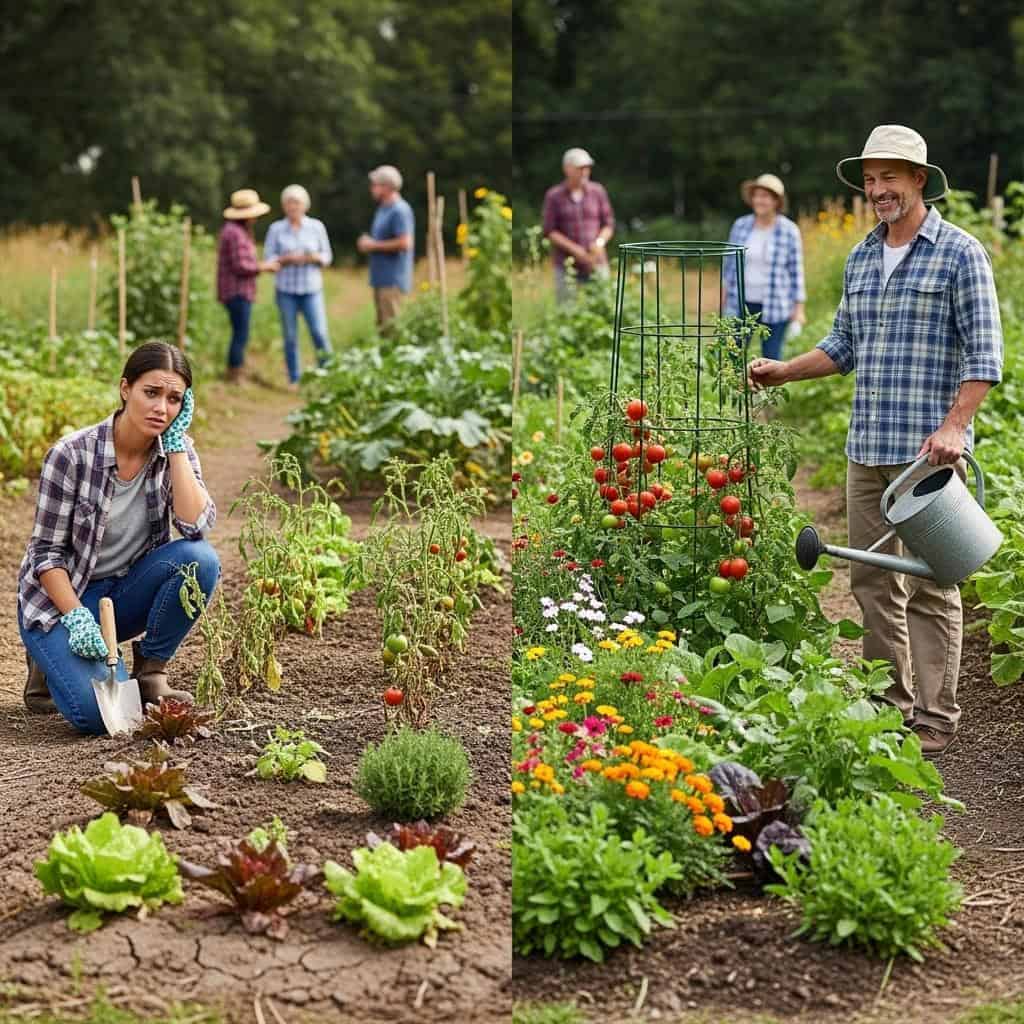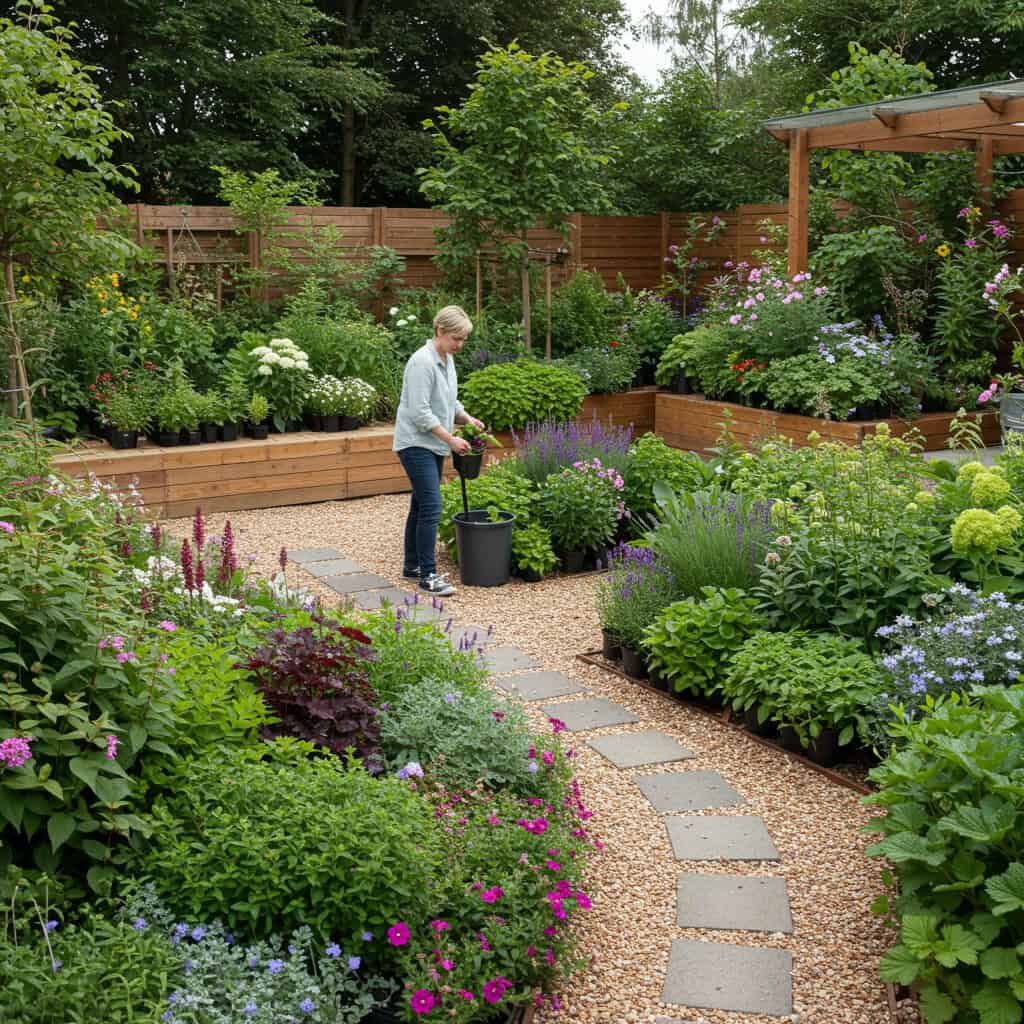Gardening is both rewarding and challenging, with even the most experienced growers occasionally making mistakes that can hinder plant health and success. Recognizing these common pitfalls can lead to better results, healthier gardens, and more enjoyable outdoor spaces. By understanding what often goes wrong and learning practical solutions, anyone can cultivate a thriving garden filled with vibrant plants and abundant harvests.



